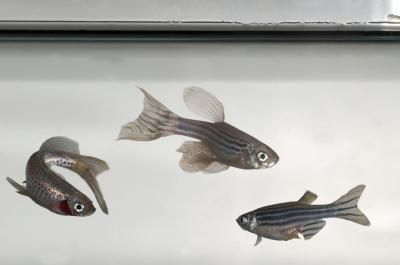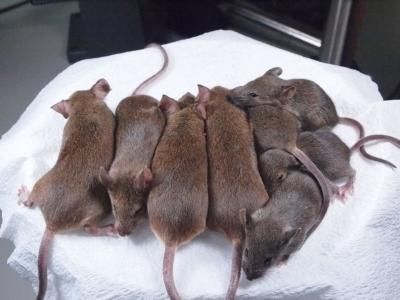Scientists clone 'survivor' elm trees
Advertisement
Scientists at the University of Guelph have found a way to successfully clone American elm trees that have survived repeated epidemics of their biggest killer — Dutch elm disease.
The breakthrough, published in the Canadian Journal of Forest Research, is the first known use of in vitro culture technology to clone buds of mature American elm trees.
"This research has the potential to bring back the beloved American elm population to North America," said Prof. Praveen Saxena, a plant scientist who worked on the project with Professor Alan Sullivan. Both are from Guelph's Department of Plant Agriculture.
"It may also serve as a model to help propagate and preserve thousands of other endangered plant species at risk of extinction across the globe."
Majestic American elms were among the most popular and recognizable trees in Ontario, lining boulevards and adorning city centres. But more than 95 per cent of the population in Eastern Canada and the United States has now been wiped out by Dutch elm disease. The imported fungal infection interferes with water transport and stops nutrients from circulating in the tree. Only about one in 100,000 elms may be naturally resistant to the pathogen.
Looking for new techniques to clone and produce resistant trees through micropropagation, the Guelph researchers selected tissue samples from survivors in Ontario, including a century-old elm tree growing on the U of G campus.
"The trees that have survived initial and subsequent epidemics potentially represent an invaluable source of potential disease resistance for future plantings and breeding programs," Saxena said.
After growing genetic copies from the shoot tips and dormant buds, the researchers hope to select germplasm with the desired traits including disease-resistance which will further aid elm breeding and biotechnology programs around the world.
They also perfected a way to conserve germplasm over the long term. A germplasm repository now contains 17 accessions collected from mature elm trees that survived across Ontario.
"Our results demonstrate the usefulness of in vitro technologies for conserving and reintroducing endangered germplasm of economic, social and environment significance," Saxena said.
In vitro conservation technology is highly efficient and better than seed banks for conservation of many plant species, he added. Hundreds of genotypes with known phenotypes can be conserved in a safe small space and can easily be propagated.


























































